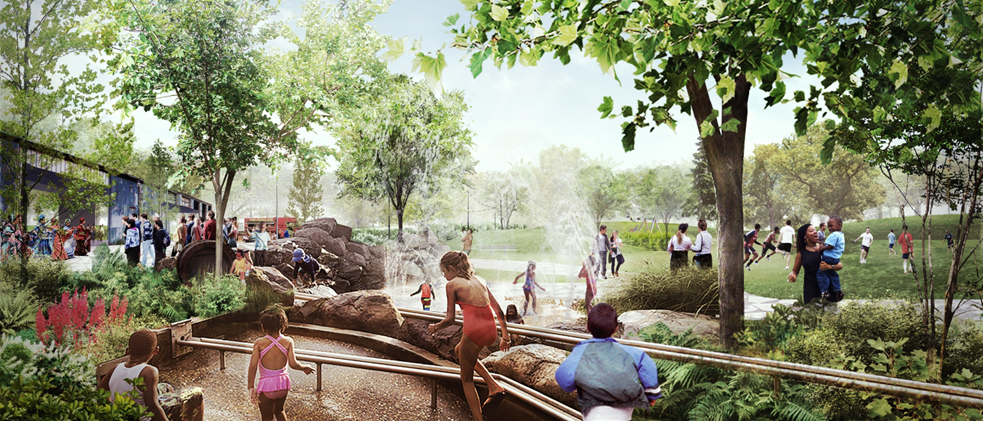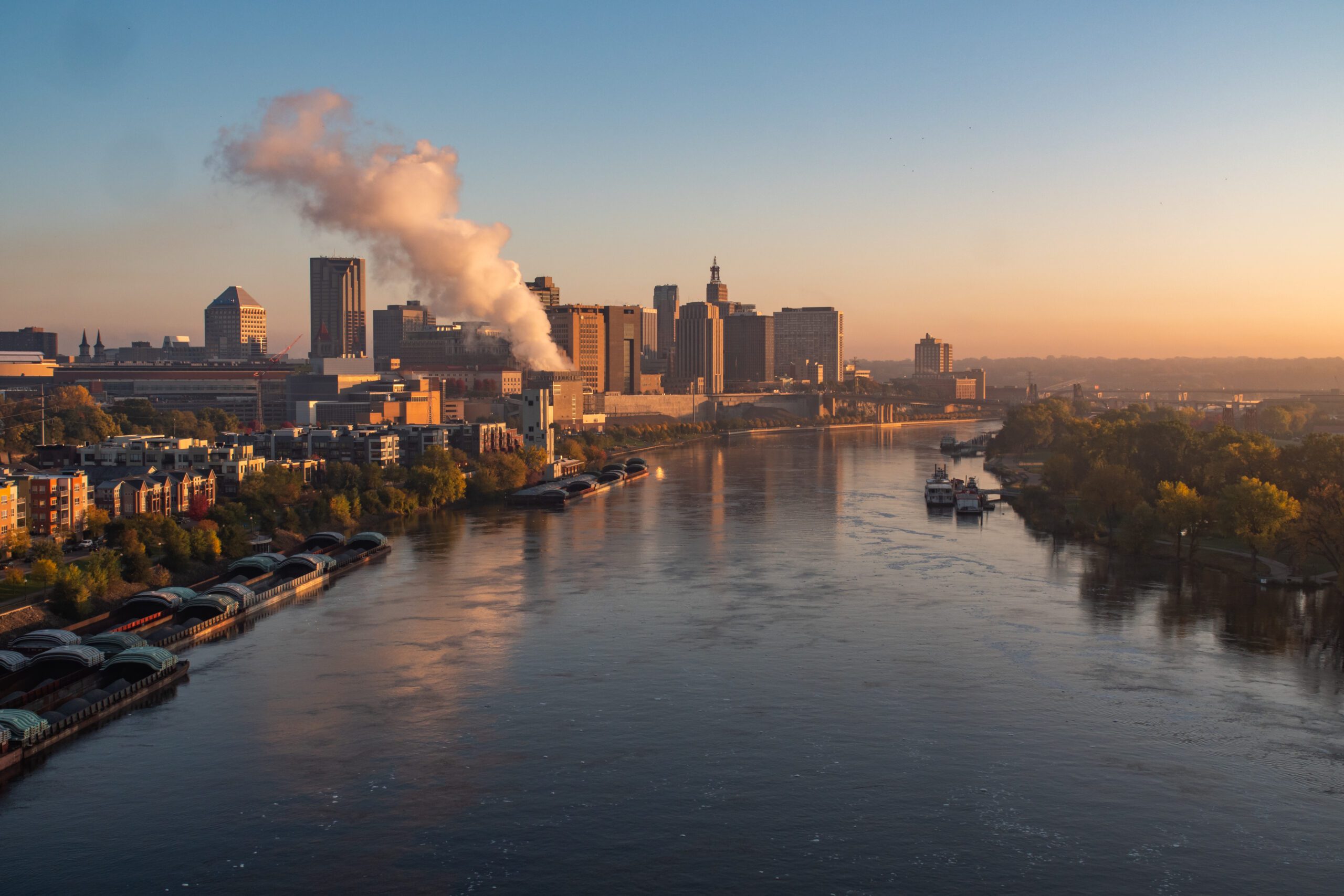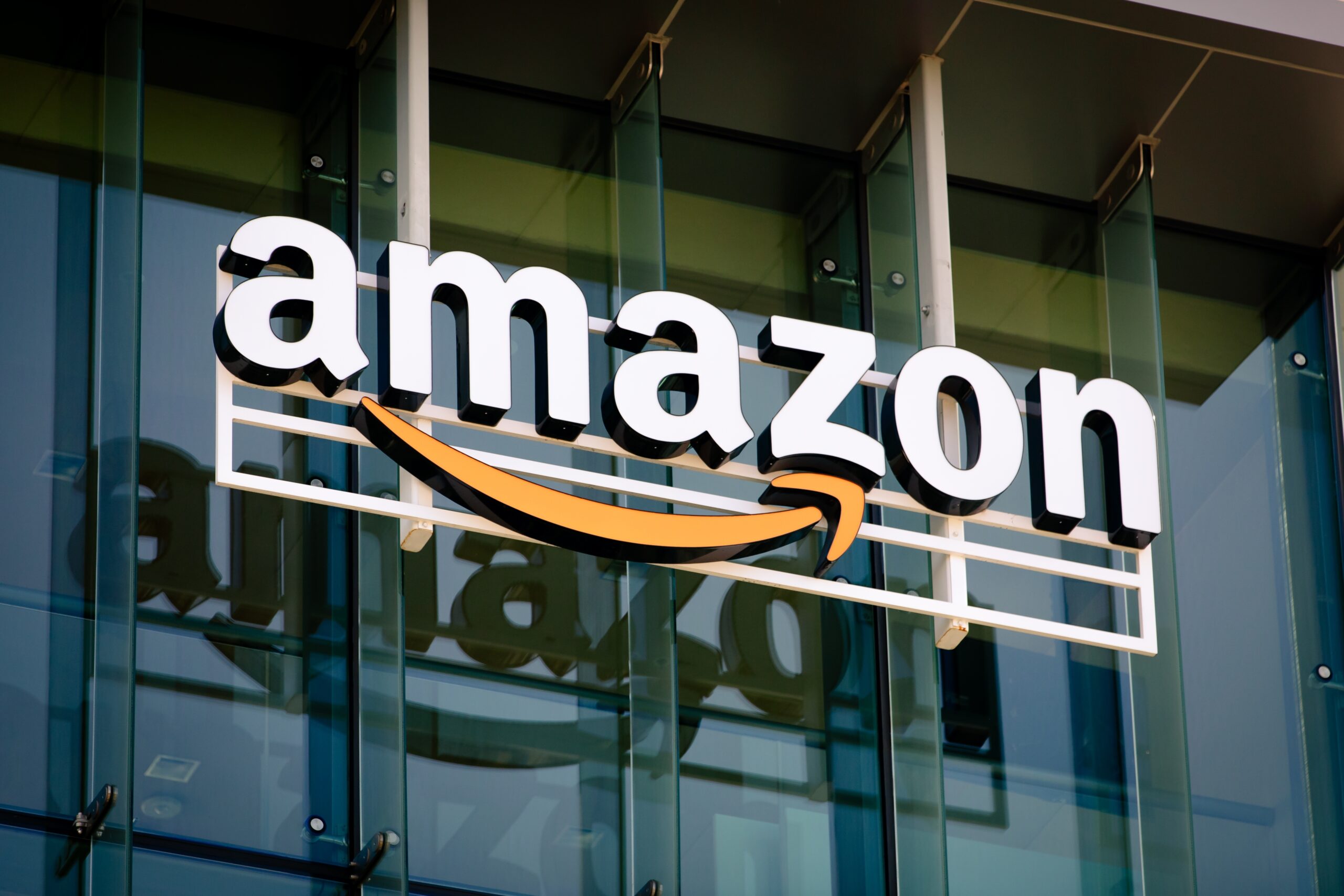HR&A led a multidisciplinary team to update the vision and development an implementation roadmap for the 300+ acre Panther Island project, adjacent to Downtown Fort Worth. Working with a steering committee of public-sector and civic stakeholders, we delivered actionable recommendations that align flood control infrastructure with economic and real estate development opportunities, creating a framework for transformative public and private investment shaped by community ambitions.
Panther Island is a once-in-a-generation city-building opportunity for Fort Worth to amplify the energy of its urban core and surrounding neighborhoods, sparked by an influx of local and federal funding to build the Trinity River bypass channel. This ambitious flood control project will unlock extensive development potential. The Panther Island Steering Committee—comprising the City of Fort Worth, Tarrant County, Tarrant Regional Water District, Tarrant County College District, Downtown Fort Worth, Inc., The Real Estate Council of Greater Fort Worth, and Streams and Valleys, Inc.—recognized the need to update long-standing visions and plans, with local conditions and community perspectives having evolved since previous planning efforts. This required balancing complex infrastructure requirements with market-responsive development strategies while addressing the interests of numerous public agencies, civic partners, and community organizations.
In collaboration with Lake Flato, Salcedo Group, and K Strategies, HR&A undertook extensive plan review and site analysis, public engagement, financial analysis, and infrastructure and regulatory assessments to create a cohesive vision for Panther Island’s future. Our work offers a roadmap for a once-neglected, industrial section of the Trinity River to be transformed into a vibrant neighborhood with green spaces bustling with activity and opportunities for living, working, shopping, connecting, and playing.
The Panther Island Vision & Strategy, completed in March 2024, offers a renewed strategic vision and implementation strategy that centers on the design, planning, and big ideas for Panther Island. Encompassing streets, parcels, open spaces, buildings, water, and mobility systems, the vision proposes a district that prioritizes people. It takes into account the intricate relationship between land ownership, infrastructure, and market dynamics to outline an ambitious but realistic approach with strategies for phasing, public-private partnership, and governance. Guided by this work, public sector agencies have advanced infrastructure planning and construction, land use regulation updates, and developer engagement.
Explore:
Real Estate, Economic Development, and Implementation Strategy
Press:
Updated Panther Island Strategic Vision Outlines a Generational Opportunity for Fort Worth
Fort Worth leaders reveal new roadmap for developing Panther Island. Where does it lead? — Fort Worth Report
Meet the firm guiding the future of Panther Island’s real estate strategy — Dallas Business Journal
What will Fort Worth’s PantherIsland look like? Here’s what we know about new district — Fort Worth Star-Telegram









